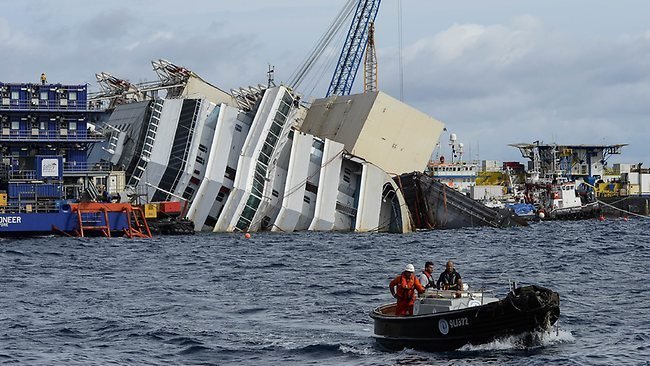
The Alarming Decline of Common Birds and What It Means for Us
Across vast regions of the United States, a concerning phenomenon is taking place: common bird species are disappearing from our landscapes at an alarming rate.
This significant and rapid decline is not merely a loss for nature lovers; it is a profound warning from our environment itself.
A new “State of the Birds” report, compiled by leading scientists and conservation groups, reveals that the populations of grassland birds have plummeted by an astonishing 43 percent since the 1970s.
This dramatic decrease is more severe than for any other group of birds, signaling a deep-seated issue with the health of our ecosystems that requires urgent attention.
The disappearance of these feathered creatures serves as a critical indicator of environmental distress.
As one expert from the American Bird Conservancy noted, birds are essentially our planet’s equivalent of the “canary in the coal mine.”
They are highly sensitive to changes in their surroundings and react much faster to a decline in environmental quality than humans do.
When their populations begin to vanish, it’s a clear and undeniable signal that something is fundamentally wrong with the air, water, and land we all depend on.
Their struggles are a harbinger of the challenges we may eventually face if we do not address the root causes of this crisis.
The data behind this ecological red flag is stark. In addition to the steep drop in grassland birds, the report classifies a third of all U.S. bird species as needing immediate conservation action, with hundreds of species categorized as being of high or moderate concern due to their low or declining numbers.
The implications of this mass disappearance extend far beyond the loss of natural beauty. Prairie birds, in particular, play a crucial and often overlooked role in maintaining the balance of healthy grassland ecosystems.
They are vital for controlling insect populations, aiding in the dispersal of seeds, and helping to distribute essential nutrients throughout their habitats.
Their decline threatens to disrupt this delicate ecological balance, potentially leading to unforeseen consequences for the entire food chain.
Experts point to widespread habitat loss and the pervasive use of agricultural chemicals as the primary drivers of this crisis. As prairies and grasslands are converted for human use, birds lose the safe havens they need to feed and nest. Simultaneously, the chemicals used in agriculture indiscriminately harm the insects that many birds rely on for food. This combination of factors has created a perfect storm for bird populations, affecting not just rare species but also those we have long considered abundant, such as robins, jays, and orioles. The sheer scale of this loss, affecting species that were once common in our backyards, makes it all the more concerning.
Ultimately, the crisis facing bird populations is a powerful reflection of a broader environmental predicament. While birds do not need us to survive, their survival is inextricably linked to our own. They are a visible, vibrant indicator of the well-being of our shared planet. The scientists behind the report emphasize that the birds’ decline signifies that their habitat, which we also inhabit, is in crisis. Taking steps to protect their environments—from supporting conservation efforts to re-evaluating our land-use practices—is not only essential for ensuring their continued existence but is also a critical investment in the long-term resilience and health of human society.






